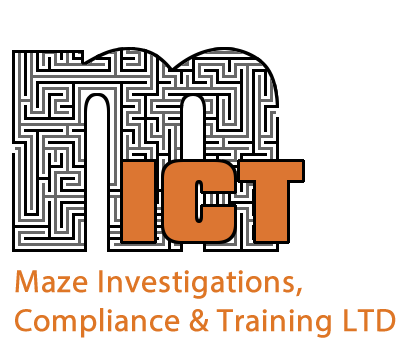Trade based money laundering
/It is accepted that one of the most invidious and prevalent forms of money laundering currently is Trade based. It generates huge amounts of money and is particularly difficult to identify without specialist skills and experience.
In the field of KYC and ID and V the tools to detect forgeries are becoming more sophisticated. The ability to check the validity of government issued documents by the use of OCR and a multitude of high tech innovations is seriously impacting on the use of false documentation. This ability is of course based on the standardisation and known parameters of such official documentation. The use of same fonts spacing etc. by an issuing body allows accurate evaluation.
So the use of minions (nothing to do with the movie!) or low level criminals is becoming more common. They are easily replaced and can be frightened into non-cooperation with authorities when arrested leaving the leaders of the OCG or Terrorist group retaining anonymity.
The use of such software in detecting trade based money laundering is limited. The regulators are suggesting/advising the inspection of invoices orders and shipping documentation. More boxes to tick. Unfortunately the same standardisation does not apply to commercial issued documentation such as invoices and the others mentioned as it does to officially issued documents. There is no obligation to use commercially provided accounting documentation and many companies do not do so. This lack of standardisation negates the use of bespoke software.
That said the money launderer will always try to minimise risk and given trade based money laundering is a collusive form of money laundering the solution for him is to actually move something with attendant “legitimate” documentation. Most financial institution compliance staff can spot a dodgy homemade invoice, shipping documentation creates more problems, so we are back to under and over invoicing.
While I suggest most people are aware that you cannot buy a bulldozer for $274 or sell olive oil at $7,930 a kilo (source Drs John Zdanowicz and Simon Pak Florida International University Miami) I doubt if their skills extend to the more exotic or unusual products. This means the compliance officer may have to rely on comparison websites or open source research on pricing or availability of a particular product. The problem with this approach is it is time consuming and the information may just not be available.
So what is the answer? There is no magic bullet. All the factors need to be taken into account. Who is the seller? What is known about them? Is the product common to their geographic area? Is there a known need for it in the purchaser’s area (coals to Newcastle)? Is the business new or well established? Does the owner meet the business profile? A 20yrs old male with no discernible business footprint is unlikely to be running an import/export business with a turnover in six figures for example, so are you dealing with a “face” rather than the true owner. So the key to combatting trade based money laundering is good KYC in its proper sense, stay away from those dreaded boxes that need ticking,
